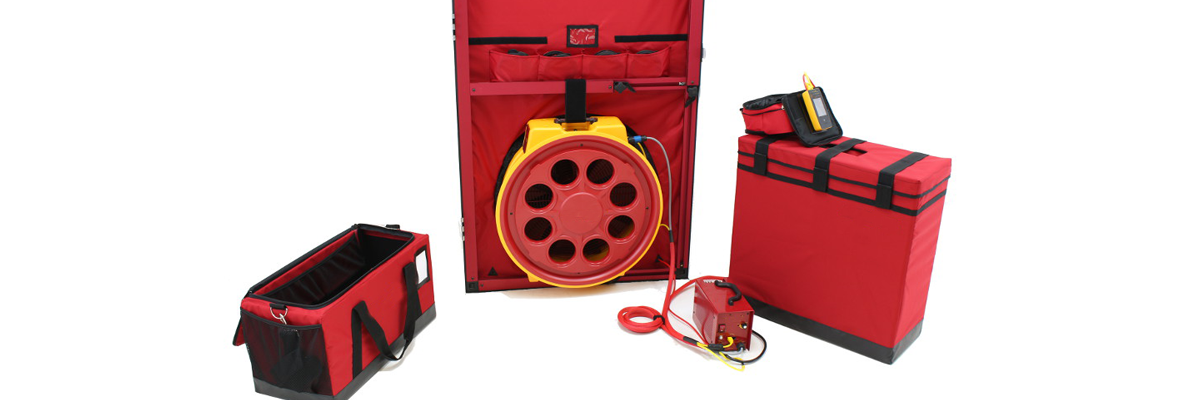Airtightness Testers are highly skilled professionals who assess the airtightness of new build properties. It’s an incredibly rewarding job where no day is the same, and puts your problem solving skills to the test!
✅ Full Level 1 qualification
✅ Delivered by course experts
✅ Required for all new build properties
Book an Airtightness Course
Book a place on Elmhurst’s 3 day airtightness qualification course, suitable for all new entrants.
GO TO COURSE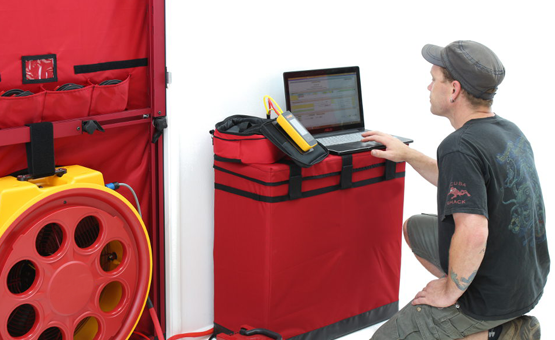
Book a Background Ventilation course
Learn how to carry out background ventilation testing for pathway A and B retrofit projects (existing buildings) with our two day course!
GO TO COURSE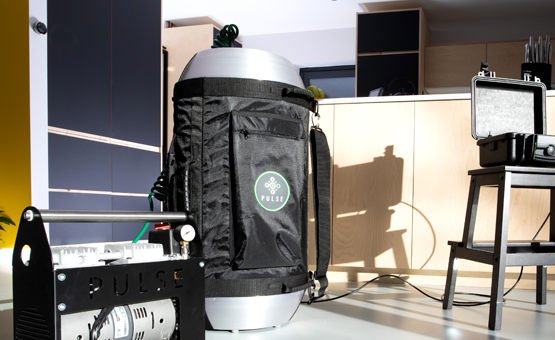
Why become an Airtightness Tester?
Airtightness Testers are highly skilled professionals who assess the airtightness of new build properties. It’s an incredibly rewarding job where no day is the same, and puts your problem solving skills to the test!
Required by all new build properties
The release of the new part L standards in Building Regulations on 15th June 2022 means that every new build property now requires an airtightness test! This obviously presents a huge opportunity for those looking to get involved in this area of the industry, and has created a large and buoyant market.
Join a rewarding profession
The airtightness test is usually one of the last assessments a property will undergo before it can be signed off by Building Control. This crucial last step makes the airtightness tester a key part of the process, where they will work with the building owner to ensure the building meets compliance.
Become a member of the Elmhurst Airtightness Scheme (EAS)
Once you’ve completed your training course you can join the Elmhurst Airtightness Scheme (EAS). The scheme offers fantastic benefits for members, such as:
- PI and PL insurance
- A secure lodgement portal
- Dedicated technical support.
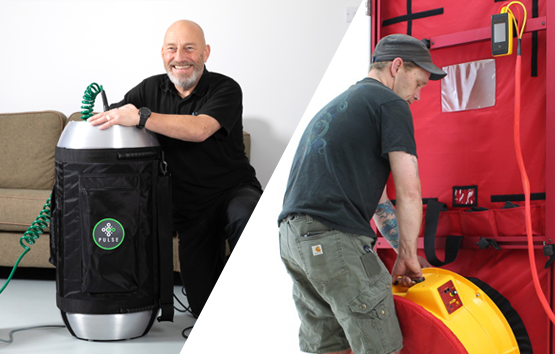
What's involved in airtightness testing?
As an airtightness tester you will measure new build properties’ airtightness levels using Pulse or blower door equipment. The method of carrying out the test will differ depending on which equipment you use, however in both instances you will produce a test certificate which you can present to the builder or SAP assessor.
To attend a Level 1 Airtightness Training course you do not need any prior experience, however it is recommended to carry out some pre course reading to become familiar with building regulations, air testing standards and the National Occupational standards. Having some prior experience of calculating envelope areas is also an advantage.
There are no pre-requisites to attend the Background Ventilation Assessment of Existing Dwellings course to become a Background Ventilation Tester
This is difficult to answer as it varies from test to test. Each quotation will be unique and dependant on the size and complexity of the building, as well as the number of tests to be carried out on the same site.
Level 1 Airtightness testing is carried out on new buildings for regulatory compliance purposes and so work often comes directly from the developers.
Background ventilation testing is usually carried out for PAS 2035 work, however it can also be carried out for other purposes such as conversion or extension work.
The main route of entry to become a Level 1 Airtightness Tester is to attend a training course. Once the course has been successfully completed candidates have to carry out three airtightness tests and submit the evidence to the training provider for marking. When confirmation has been received of passing the three tests the candidate can then join a Competent Person Scheme.
To carry our Background Ventilation Testing you will need to attend a two day course. Candidates that have successfully completed a competency and practical test can then go on to join a Competent Person Scheme.
Becoming a Level 1 airtightness tester will enable you to carry our air testing on dwellings and non-dwellings up to 4000m3 for building regulation compliance purposes.
Becoming a Background Ventilation Tester will enable you to assess the Background Ventilation of Existing Dwellings.
In regards to airtightness testing for compliance purposes this does vary between countries. In Scotland Section 6 states that a tester must be a member of a professional organisation which accredits it’s members as competent to test and confirm the results of testing. This is not specified elsewhere, however you will find that many developers will ask for evidence of being a member of a Competent Person Scheme.
To carry out Background Ventilation testing for PAS2035 the tester must be a member of a Competent Person Scheme as well as the IAA.
Why choose Elmhurst for airtightness training?
Quality lies at the heart of what we do, and it all starts with the training that we offer. We strive to equip individuals with the skills and knowledge required to deliver quality property and energy assessment services. Since 1993 we have trained thousands of individuals and have evolved our courses to reflect the changing landscape of training delivery and energy assessment.
✔️ Leave feeling confident– leave feeling confident that you can put theory into practice
✔️ Learn at your own pace– our courses cater for those completely new and familiar with energy assessment
✔️ An engaging learning experience– Our trainers have the practical experience and know how to deliver a truly engaging learning experience
✔️ Support beyond the training– As the UK’s largest government approved energy assessor scheme, we can provide technical support to you, not only during your training, but also long after you’ve completed it
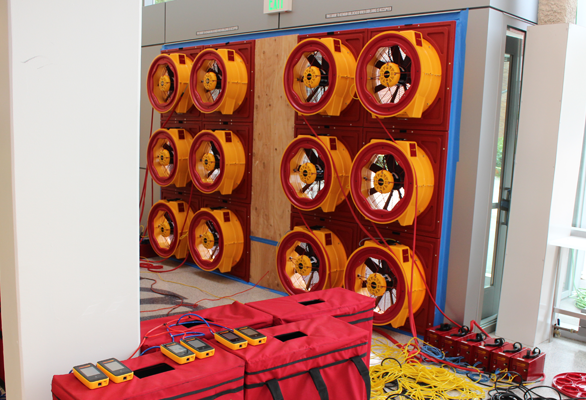
Become a member of the Elmhurst Airtightness Scheme
Once you have successfully completed the Airtightness course you can apply to join the Elmhurst Airtightness Scheme (EAS). Being a member of a scheme provides reassurance to clients that you are trained and competent to provide airtightness tests in-line with the latest industry standards.
FIND OUT MORE
